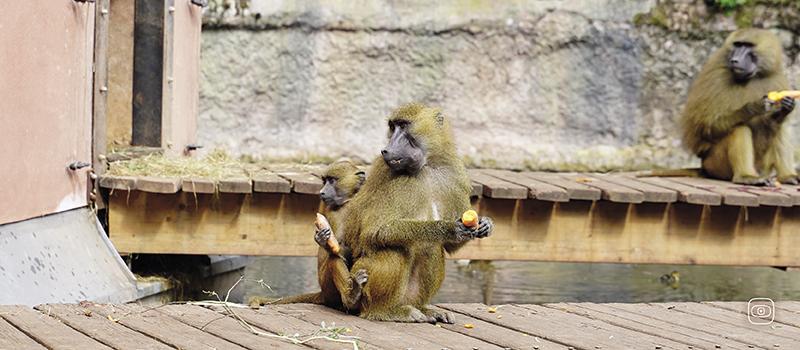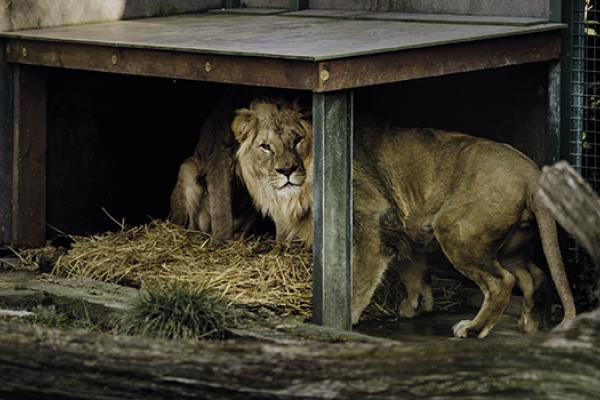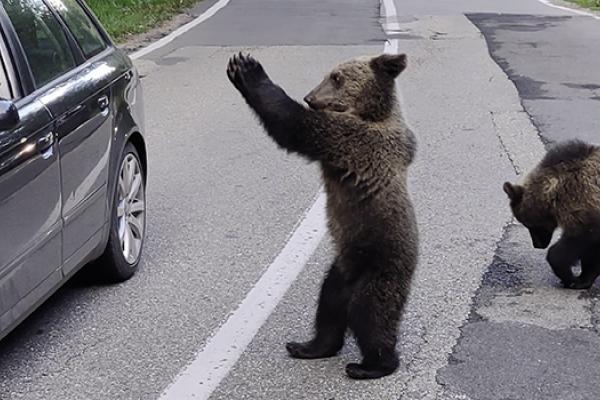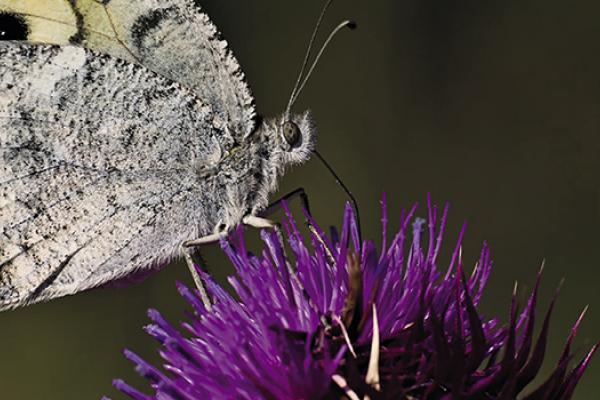At the heart of the debate lie starkly opposing views. Animal ethicists contend that the killing of healthy animals is morally indefensible. Conversely, zoo management contends that euthanasia is a necessary but rare tool for maintaining genetic diversity and sustainability within captive populations.
Ten years on from the case of Marius, this investigation looks at how euthanasia is currently managed in European zoos. The report shows that culling remains an established and widely used practice. In some cases, zoos are lobbying to increase public acceptance of, and legal tolerance for, such measures. A notable recent case is the killing of twelve baboons at Nuremberg Zoo in Germany, which could set a legal precedent.
As part of this investigation, the journalists surveyed over 300 European zoos regarding their population management policies. They also conducted in-depth research into three specific institutions in Germany, Belgium and Sweden, revealing how these zoos implement, justify and communicate such decisions.
Photo Credit: Jacqueline Goebel





